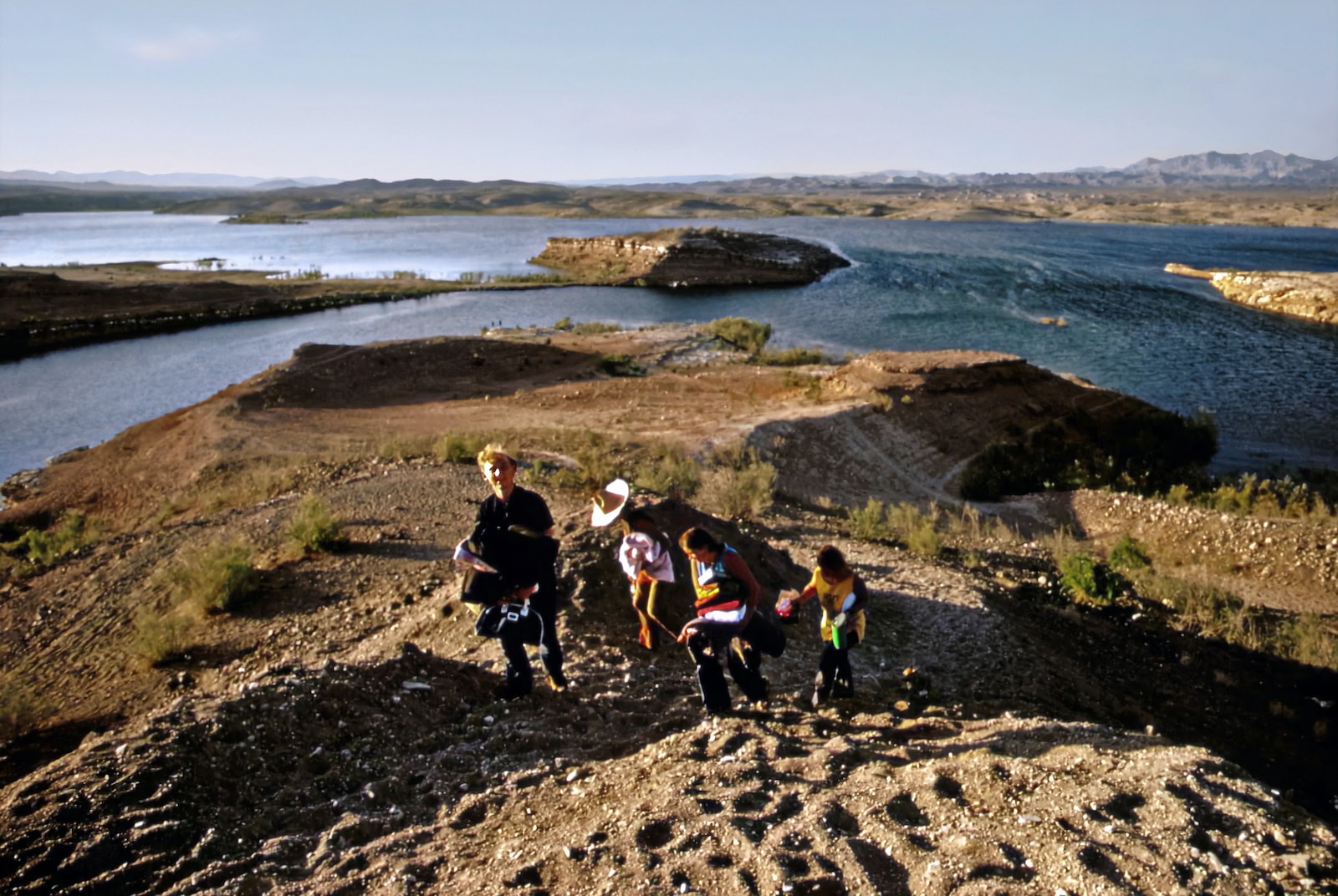Table of Contents
ToggleIntroduction
Lake Mead is the largest reservoir in the United States, providing water and power to millions of people in Nevada, Arizona, California, and Mexico. However, the lake is also facing severe drought and water shortages, which have been exacerbated by climate change and overuse.
The lake’s water level has dropped to its lowest point since the 1930s, when it was created by the Hoover Dam. This has affected the lake’s ecosystem, wildlife, recreation, and tourism. It has also increased the risk of wildfires, dust storms, and landslides.
In addition to the drought, the lake is also prone to thunderstorms, especially during the summer months. These storms can bring heavy rain, hail, lightning, strong winds, and flash floods. These can pose dangers to people and the environment in the Lake Mead area.
How to Stay Safe During Thunderstorms in Lake Mead Area?
If you live in or visit the Lake Mead area, you should be aware of the potential hazards of thunderstorms and take precautions to stay safe. Here are some tips to follow:
- Check the weather forecast before you go out. Avoid outdoor activities if there is a chance of thunderstorms.
- If you hear thunder or see lightning, seek shelter immediately. A sturdy building or a hard-topped vehicle are the safest places to be. Avoid open areas, water, metal objects, and tall trees.
- If you are on a boat or near the shore, get off the water as soon as possible. Dock your boat or move it to a safe location. Stay away from the water’s edge and low-lying areas that can flood quickly.
- If you are camping or hiking, find a low spot away from trees, poles, and metal objects. Crouch down on the balls of your feet and cover your ears. Do not lie flat on the ground or touch anything wet or metal.
- If you are driving, slow down and turn on your headlights. Watch out for flooded roads, fallen trees, power lines, and debris. Do not drive through moving water or around barricades.
- If you are at home, unplug your appliances and electronics. Stay away from windows, doors, and fireplaces. Do not use corded phones, computers, or other devices that can conduct electricity.
- If someone is struck by lightning, call 911 immediately. Check their breathing and pulse. If they are not breathing or have no pulse, start CPR. If they are breathing and have a pulse, treat them for shock and burns.
How to Protect the Environment During Thunderstorms in Lake Mead Area?
Thunderstorms can also have negative impacts on the environment in the Lake Mead area. They can cause soil erosion, water pollution, habitat loss, and wildlife mortality. They can also increase the demand for water and energy resources.
To protect the environment during thunderstorms in Lake Mead area, you can take some actions such as:
- Reduce your water use during and after storms. This can help conserve water and prevent runoff that can carry pollutants into the lake.
- Use renewable energy sources such as solar panels or wind turbines. This can help reduce greenhouse gas emissions and lower your electricity bill.
- Plant native vegetation around your home or property. This can help prevent soil erosion, filter rainwater, provide shade, and attract wildlife.
- Dispose of your waste properly. Do not litter or dump anything into storm drains or waterways. Recycle or compost your organic materials.
- Support conservation efforts in the Lake Mead area. You can volunteer for cleanup events, donate to environmental organizations, or educate others about the importance of preserving the lake.
Thunderstorms are natural phenomena that can bring benefits as well as challenges to the Lake Mead area. By following these tips, you can stay safe and protect the environment during these extreme weather events.
Conclusion
Lake Mead is a vital resource for millions of people and a unique natural wonder. However, it is also facing serious threats from drought, climate change, and human activities. Thunderstorms can add to these challenges by creating hazards for people and the environment. By being prepared and taking action, we can protect ourselves and the lake from the impacts of these storms. We can also enjoy the beauty and benefits of this amazing reservoir for years to come.







